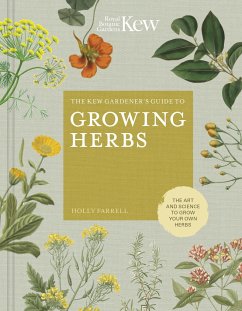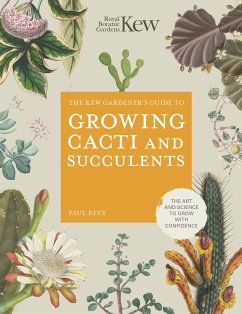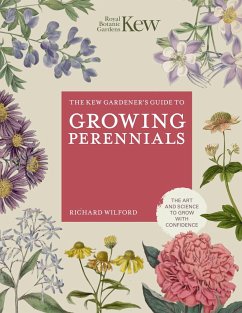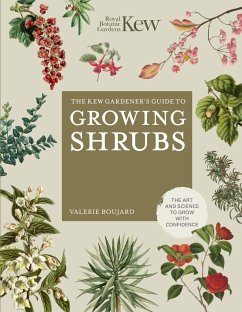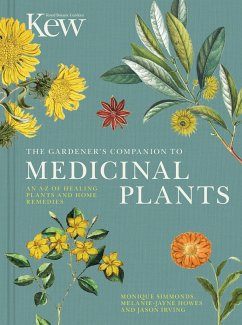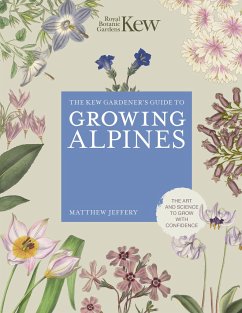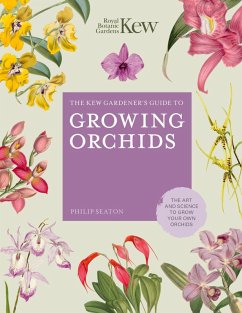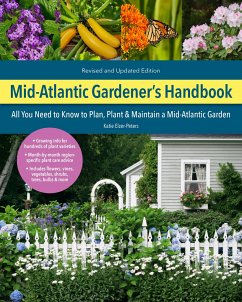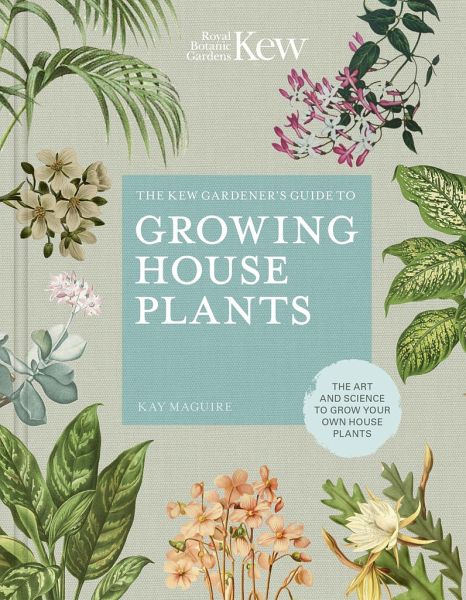
The Kew Gardener's Guide to Growing House Plants
The Art and Science to Grow Your Own House Plants
Fotograf: Jason Ingram

PAYBACK Punkte
10 °P sammeln!
Kew Growing House Plants is an illustrated guide to the most trendy and popular indoor plants with advice on choosing, growing, styling, projects and propagation.




